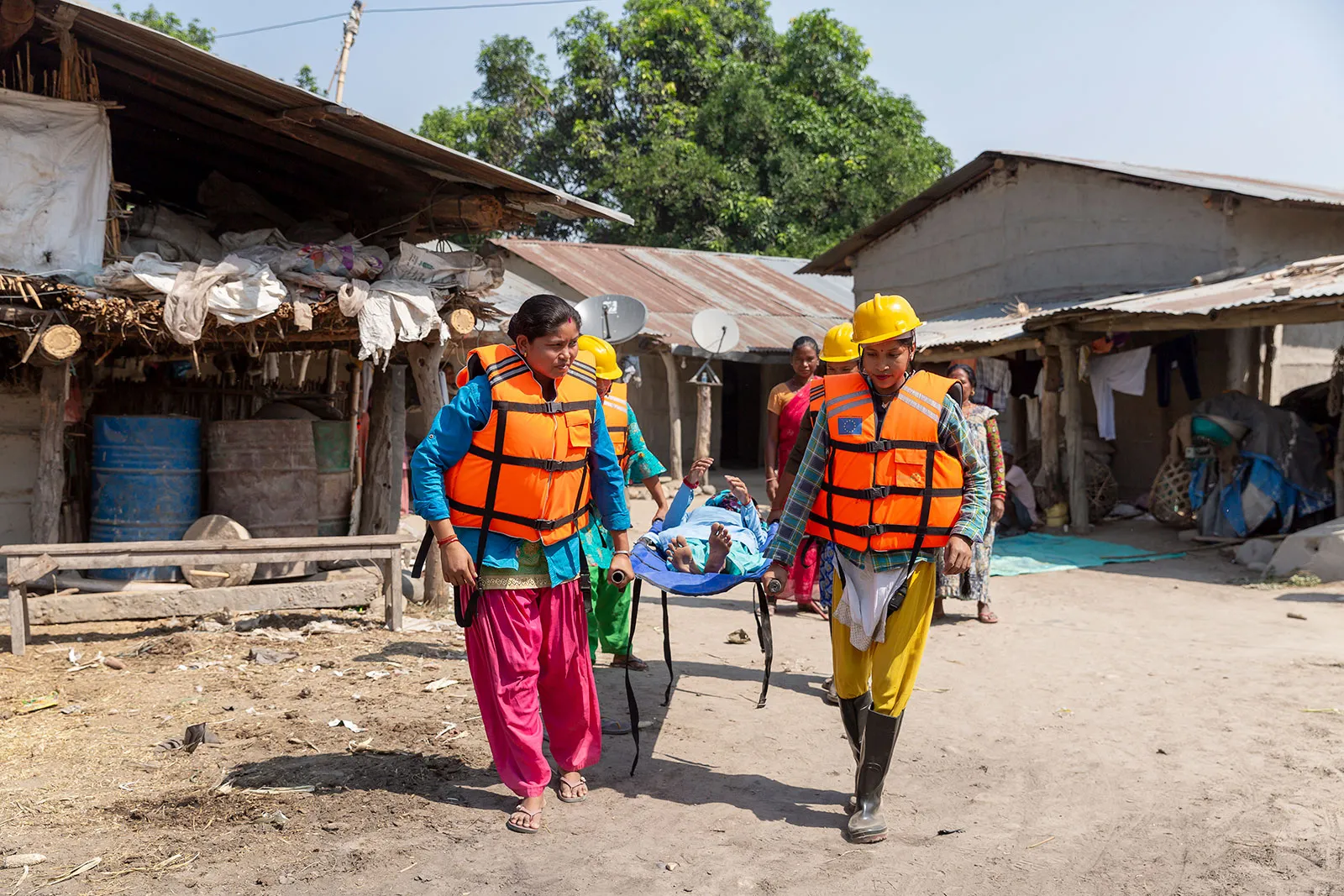SDG 1: No Poverty
As a leading organization in humanitarian response, CARE has long recognized that conventional models – where communities and local humanitarian actors wait for an international agency to act – lack the agility and community participation needed for today’s complicated crises.
Enabling a faster, more efficient response requires a community-led, local approach that prioritizes the expertise within those communities and strengthens their collective network for swift response.
In Nepal, where natural hazards such as earthquakes, floods and landslides occur frequently, CARE has been leaning into its role as a facilitator, convenor and relationship builder to develop a better model of humanitarian response at the local level. Currently in its pilot stage, CARE Nepal’s Humanitarian Partnership Platform (HPP) is convening and engaging local humanitarian partners to provide a comprehensive, coordinated and accelerated response based on needs and accountability of the affected population when crises arise. CARE Nepal is also working to localize disaster risk management, including policies and plans to ensure a coordinated, gender-responsive approach.
“Numerous organizations have been engaged in humanitarian response initiatives, particularly following the 2015 Gorkha Earthquake and the COVID-19 pandemic. However, these efforts have primarily been conducted in a siloed way,” says Bhagavati Adhikari, Executive Director of Nepal Mahila Ekata Samaj (NMES), one of HPP’s partnering organizations. “Recognizing the importance of a collaborative approach, the Humanitarian Partnership Platform was established with specialized organizations focused on various sectors and with human rights at the center.”
Each HPP partner brings to the table a unique specialization and access to varied networks. Collectively, they increase representation of stakeholders often overlooked in humanitarian response in Nepal, including the rights of Dalit women, community forest user groups, human rights defenders and farmer groups. Bhagavati shares, “NMES is an integral part of this platform, and it prioritizes the inclusion of women, girls, and children, especially from informal settlements, in all its activities, ensuring that the specific needs of these vulnerable groups are met during humanitarian crises and in response activities.”
The HPP program also strengthens preparedness through the planning process, training, review, simulation exercises and collaboration on smaller emergencies. This focus on preparedness by providing skills, leadership qualities, and preparation of policies and plans, helps ensure communities avoid a fragmented response when large disasters hit and can respond to smaller, more localized emergencies.


